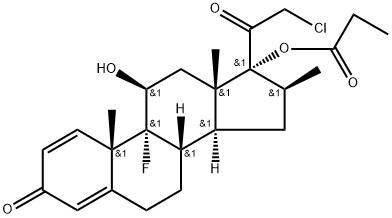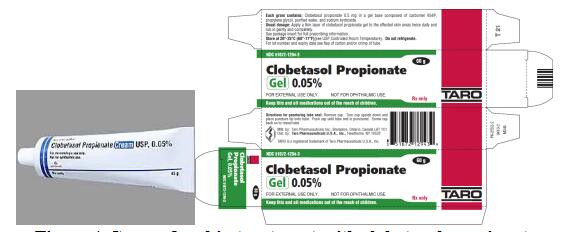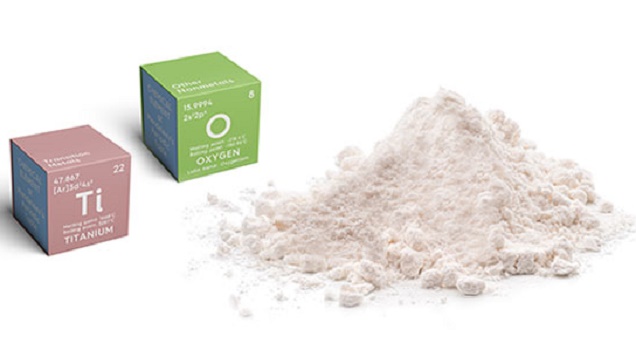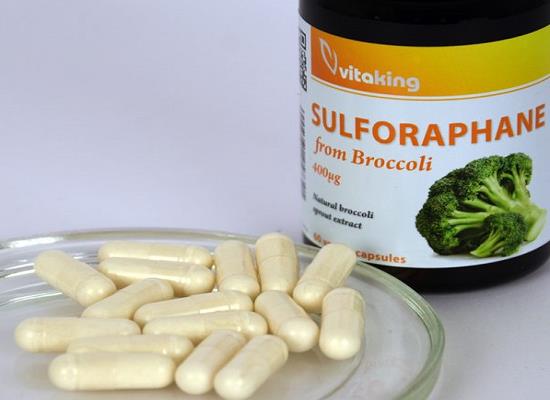Clobetasol propionate:a high-potency corticosteroid
Introduction
Clobetasol propionate is a high-potency corticosteroid used topically to treat various skin conditions. It works by reducing inflammation, itching, and redness. Commonly prescribed for conditions like eczema, psoriasis, and dermatitis, it's available in various formulations such as creams, ointments, and solutions. While effective, its potent nature requires cautious use, and prolonged application or misuse can lead to side effects. Patients should follow prescribed usage guidelines, and it's crucial to consult a healthcare professional for personalized advice and monitoring when using this medication.
Application
Clobetasol propionate, a potent corticosteroid, finds widespread application in dermatology due to its anti-inflammatory and immunosuppressive properties. This topical medication is used for the treatment of various skin conditions, providing relief from symptoms such as inflammation, itching, and redness. Understanding its applications involves exploring its efficacy in treating specific dermatological conditions, as well as considering its formulations, precautions, and potential side effects.
1. One primary application of clobetasol propionate is in the management of eczema, a common skin condition characterized by inflammation, redness, and itching. Eczema, or atopic dermatitis, often requires a potent corticosteroid like clobetasol propionate to address the intense inflammation associated with flare-ups. The medication helps alleviate symptoms and promotes the healing of the affected skin.
2. Psoriasis is a common, chronic, distressing skin disorder that frequently affects the scalp, skin, nails and joints. Despite treatment, many patients suffer from unremitting disease and decreased quality of life. Scalp-type psoriasis is particularly difficult to treat. Although topical corticosteroids are the mainstay of therapy for moderate-to-severe disease, patients frequently object to the messiness and unfavourable cosmetic appearance of topical treatments. In this context, foam vehicles, which have the advantage of minimal residue and increased ease of application, have emerged as novel alternatives to traditional creams, ointments and solutions. Clobetasol propionate foam 0.05% (OLUX™, Connetics Corporation), a high potency topical steroid, has been shown to alleviate symptoms of several dermatological conditions, including scalp and body psoriasis, improve disease severity and increase quality of life. Dose should be limited to 50 g/week, given the risk of adrenal suppression. Because patient preference is an important determinant of medication efficacy in clinical practice, clobetasol foam is a useful new formulation in the treatment of psoriasis and other skin conditions1,3.
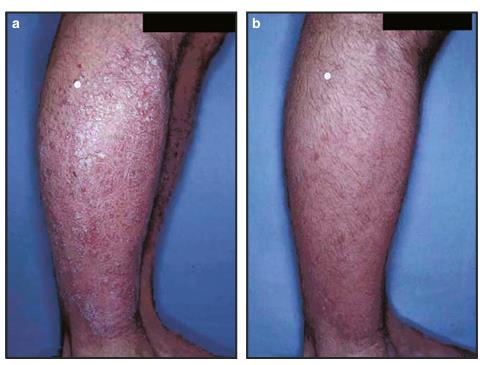
Figure. 1. Patient treated with clobetasol propionates pray at base line(a) and at week4 (b)
3. Dermatitis, a broad term encompassing various types of skin inflammation, is another condition where clobetasol propionate proves beneficial. Contact dermatitis, seborrheic dermatitis, and other forms of dermatitis involve inflammatory responses that can be effectively managed with the use of this corticosteroid. The medication helps control the immune response and reduces inflammation, providing relief to individuals experiencing discomfort due to dermatological conditions.
One notable consideration in the application of clobetasol propionate is the need for careful adherence to prescribed guidelines. Due to its potency, clobetasol propionate is typically recommended for short-term use to avoid potential side effects associated with prolonged use of high-potency corticosteroids. Long-term use can lead to complications such as skin atrophy, telangiectasia (visible blood vessels), and perioral dermatitis. The selection of the appropriate formulation is crucial in optimizing the medication's effectiveness. Creams are suitable for moist or weeping areas, while ointments are preferred for drier skin. Solutions provide a convenient option for the scalp. The versatility in formulations allows healthcare providers to tailor treatment to the specific characteristics of the affected skin. Patients using clobetasol propionate should be aware of potential side effects and precautions. Common side effects may include skin irritation, burning, or itching at the application site. Systemic absorption can occur, especially with prolonged use, potentially leading to issues such as adrenal suppression. It is crucial for patients to follow the prescribed dosage and duration of use to minimize these risks. Additionally, healthcare providers may advise caution when using clobetasol propionate on more sensitive areas of the body, such as the face or groin. The potency of the medication makes it essential to avoid excessive or prolonged application. Regular follow-ups with healthcare providers are recommended to monitor the skin's response and adjust the treatment plan as needed.In conclusion, clobetasol propionate is a valuable tool in dermatology, providing effective relief for individuals grappling with conditions like eczema, psoriasis, and various forms of dermatitis. Its potent anti-inflammatory properties, coupled with the availability of different formulations, make it a versatile choice for targeted skin therapy. However, responsible use, adherence to prescribed guidelines, and regular monitoring are imperative to ensure optimal outcomes while minimizing potential side effects. As with any medication, individuals should consult their healthcare provider for personalized advice and guidance based on their specific skin condition and overall health.
Synthesis
The synthesis of clobetasol propionate involves several chemical steps and transformations, typical of the synthesis of corticosteroids. Here is a simplified overview of the synthetic process: 1. Starting Material: The synthesis usually begins with a steroidal starting material, often pregnenolone or a closely related compound. Pregnenolone is a naturally occurring steroid and serves as the foundational structure for the synthesis. 2. Formation of the Corticosteroid Backbone: The starting material undergoes a series of chemical reactions to introduce functional groups and modify the steroid structure. This involves various transformations such as oxidation, reduction, and addition reactions to build the corticosteroid backbone. 3. Introduction of the Clobetasol Side Chain: The specific side chain of clobetasol propionate is introduced through chemical reactions that attach the propionate ester group to the corticosteroid backbone. This step is crucial for the compound's pharmacological activity .4. Esterification: The propionate side chain is often added through esterification, a chemical reaction between a carboxylic acid (in this case, propionic acid) and a hydroxyl group on the steroid structure. This forms the ester linkage, creating clobetasol propionate. 5. Purification and Formulation:The synthesized clobetasol propionate is then purified to remove any impurities, ensuring a high level of chemical purity. The compound is formulated into the desired pharmaceutical form, such as creams, ointments, or solutions, depending on the intended application.
Safety
Ultrapotent topical corticosteroids are the mainstay of psoriasis treatment, used either alone or in combination with a topical vitamin D analog. Traditionally used in an ointment vehicle for psoriasis, clobetasol propionate 0.05% is also available in spray, foam, lotion, and shampoo formulations, which may provide for improved convenience and acceptance in many patients with similar efficacy, safety, and tolerability as the traditional ointment and cream formulations. To compare newer formulations with traditional ointment and cream formulations, we performed a systematic review of the literature. Search terms included 'clobetasol propionate,' in combination with 'psoriasis,' 'vasoconstriction,' 'vasoconstrictor,' or 'absorption' for each of the four vehicles ('spray,' 'foam,' 'lotion,' and 'shampoo'). While there are very few direct comparison studies between clobetasol propionate in different vehicles, the efficacy rates (with success defined as clear or almost clear of psoriasis) for more recent formulations are high, with most patients achieving success after 2-4 weeks of treatment in well controlled clinical trials, with response rates that are similar to those with the traditional clobetasol propionate ointment. Small differences in vasoconstrictor potency or cutaneous absorption have been noted among the formulations, but the clinical significance of these observations is difficult to discern. Recent research has emphasized the importance of treatment adherence in the management of psoriasis. Adherence to treatment is likely to be a far more important determinant of success than are small differences in drug delivery, especially in actual clinical use as opposed to the well controlled environment of clinical trials. For patients who prefer a less messy vehicle, adherence and outcomes are likely to be better with the more recent formulations compared with the traditionally recommended ointment3.
Reference
1. Reid DC, Kimball AB. Clobetasol propionate foam in the treatment of psoriasis. Expert Opin Pharmacother. 2005 Aug;6(10):1735-40.
2. Pels R, Sterry W, Lademann J. Clobetasol propionate--where, when, why? Drugs Today (Barc). 2008 Jul;44(7):547-57.
3. Feldman SR, Yentzer BA. Topical clobetasol propionate in the treatment of psoriasis: a review of newer formulations. Am J Clin Dermatol. 2009;10(6):397-406. doi: 10.2165/11311020-000000000-00000. PMID: 19824740.
);You may like
Related articles And Qustion
See also
Lastest Price from Clobetasol propionate manufacturers
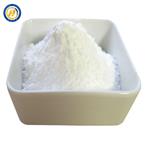
US $0.00-0.00/KG2024-04-24
- CAS:
- 25122-46-7
- Min. Order:
- 1KG
- Purity:
- 99%
- Supply Ability:
- 500

US $0.00/kg2024-04-22
- CAS:
- 25122-46-7
- Min. Order:
- 1kg
- Purity:
- 99%
- Supply Ability:
- 20tons
